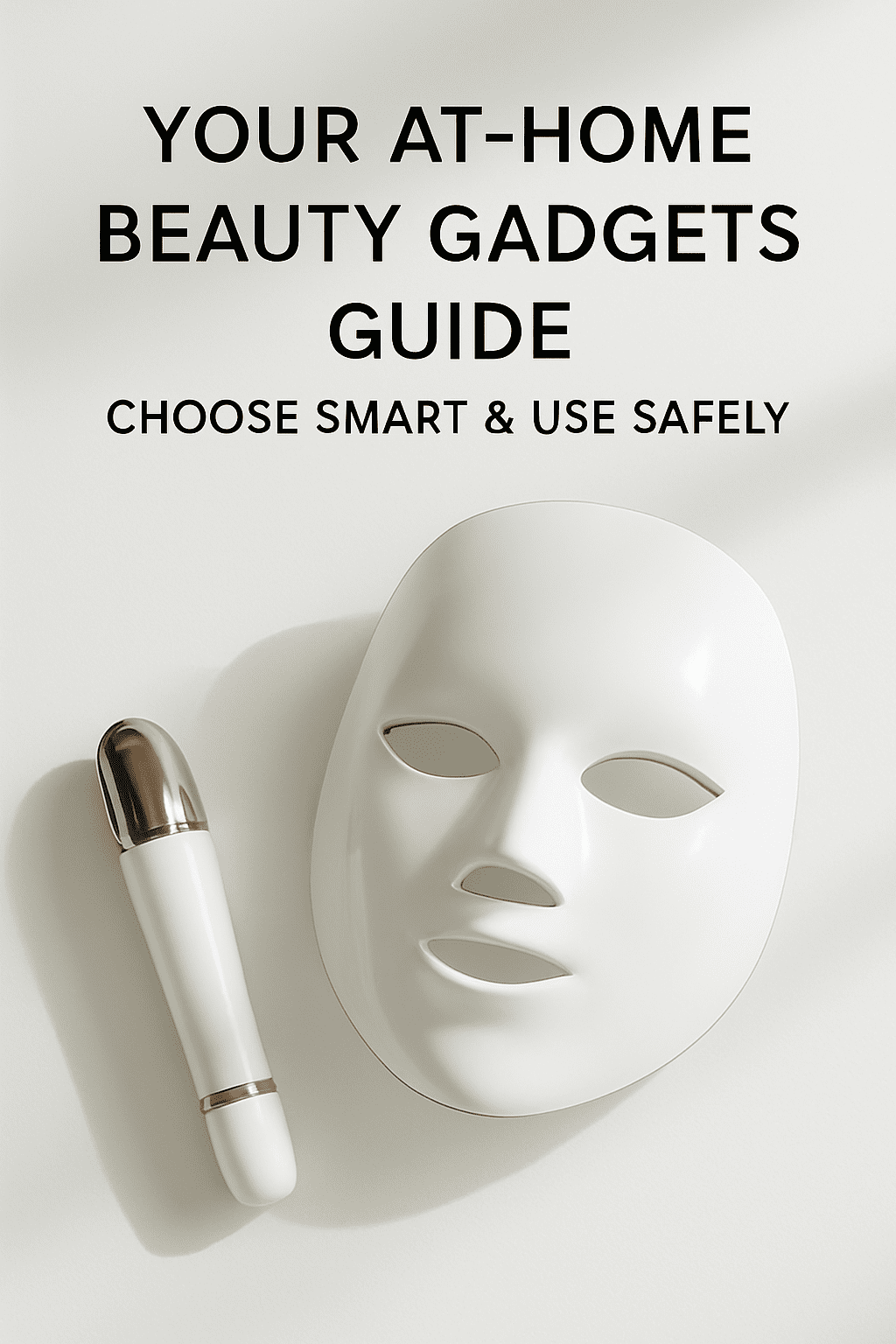5 Five-Minute Breathing Exercises to Reduce Anxiety at Work

5 Five-Minute Breathing Exercises to Reduce Anxiety at Work
Working through deadlines, meetings, and constant emails can leave your mind racing and your body on edge. But here’s something powerful: just five minutes of controlled breathwork can shift your nervous system out of “stress mode” and bring you back to balance. Research shows that short breathing practices can produce results comparable to meditation for mood and anxiety. ScienceAlert+2Huberman Lab+2
Below are five simple, practical breathing techniques you can do right at your desk (yes—even in your cubicle) to calm anxiety and reset your mind. I’ve also included tips and cautions so you can do them safely and effectively.
Why breathe intentionally? (The science behind it)
When anxiety strikes, your sympathetic nervous system (fight-or-flight) kicks in: breathing becomes shallow and rapid, heart rate rises, muscles tighten.
Conscious, slow breathing activates the parasympathetic system (rest-and-digest), lowering heart rate, reducing tension, and calming the brain. PMC+2Frontiers+2
A study out of Stanford found that the technique called cyclic sighing (emphasizing longer exhalations) delivered greater mood and anxiety improvements than even mindfulness meditation in some participants. Huberman Lab+2Stanford Medicine Magazine+2
A meta-analysis likewise supports the use of breathing protocols as nonpharmacological interventions that bolster emotional regulation and reduce anxiety and stress hormones. Cyprus Journal of Medical Sciences+1
In short: your breath is a reset switch you always carry with you.
How to use these exercises
Find a semi-comfortable posture: sit upright but not rigid; feet flat on floor; shoulders relaxed.
Use headphones or mute notifications so you won’t be startled.
Set a 5-minute timer (or use a silent vibration reminder).
Close or soften your eyes (optional).
If your mind wanders (inevitable!), gently bring it back to the breath.
Stop if you feel dizzy or lightheaded—scale back depth or tempo.

2. Box Breathing (4-4-4-4 pattern)
How to do it:
Inhale through your nose for 4 seconds
Hold (no breathing) for 4 seconds
Exhale through your mouth for 4 seconds
Hold again for 4 seconds
Repeat this “box” rhythm for 5 minutes.
Why it works:
This technique balances breath phases, providing structure that helps regulate the autonomic nervous system. It is also widely used in high-stress fields (e.g. the military) to regain composure. Healthline+2Huberman Lab+2
Tips:
If 4 seconds feels too short or long initially, you can try 3-3-3-3 or 5-5-5-5 and adjust.
Visualize a square: each side = one phase.
Keep the breathing smooth—no sudden jerks or strain.

4. Coherent / Resonance Breathing
How to do it:
Breathe at a steady, even rate: e.g. 5 seconds in, 5 seconds out (≈ 6 breaths per minute).
Continue this pattern gently for 5 minutes.
Why it works:
Coherent breathing fosters synchronization between your heart’s rhythm and respiration. This alignment supports better vagal tone, more emotional resilience, and stress reduction. Verywell Mind+2PMC+2
Tips:
Choose a pace that feels comfortable (4-4, 5-5, 6-6) depending on lung capacity.
Focus especially on the exhale phase—imagine releasing tension bit by bit.
Avoid breathing too deeply; moderate depth is more sustainable.
5. Diaphragmatic (Belly) Breathing
How to do it:
Place one hand on your chest, the other on your belly.
Inhale slowly through the nose, feeling the belly rise (the chest should stay relatively still).
Exhale fully through the mouth, letting the belly fall.
Repeat for 5 minutes.
Why it works:
This foundational breath technique reduces shallow chest breathing and engages the diaphragm, which is more efficient and calming. Studies show diaphragmatic breathing reduces subjective anxiety and physiological stress markers. Frontiers+2PMC+2
Tips:
Don’t try to exaggerate the belly movement—let it expand naturally.
If chest rises more than belly, slow down the full breath.
Use a cue or mantra (“inhale peace, exhale tension”) if helpful to keep focus.
1. Cyclic Sighing (Double-inhale, long exhale)
How to do it:
Inhale deeply through the nose.
Then take a second, slightly deeper "top-up" inhale.
Exhale slowly, fully, through the mouth.
Repeat continuously for about 5 minutes.
Why it works:
Among breathing protocols tested, cyclic sighing showed the greatest reduction in physiological arousal and mood improvement over time. Huberman Lab+2Stanford Medicine Magazine+2
This double inhale → long exhale pattern helps “break the spiral” of stress by dominating the exhalation—the calming phase.
Tips:
Don’t force the breath; let it flow smoothly.
Think of “filling the lungs twice” before the exhale.
You can quietly purse your lips or let the exhale be gentle and open.

3. 4-7-8 Breathing (Relaxing Breath)
How to do it:
Inhale through the nose for 4 seconds
Hold your breath for 7 seconds
Exhale through your mouth for 8 seconds
Repeat for several rounds until 5 minutes elapse.
Why it works:
Created by Dr. Andrew Weil, the 4-7-8 method prolongs the exhale relative to inhale, which helps shift toward parasympathetic dominance. National Eczema Association+1
Though research is less robust, many people report immediate calming effects. British Heart Foundation
Tips:
If holding for 7 seconds is difficult at first, try 4-6-6 and gradually increase.
Keep your jaw and throat relaxed—exhale softly.
Do not overdo it; stop if you feel lightheaded.

How to integrate these into your workday
TIME | USE CASE | RECOMMENDATION |
|---|---|---|
Mid-morning crash | You start feeling tight or overwhelmed | Use cyclic sighing or box breathing for 5 minutes |
Before a big meeting / presentation | Your heart is racing or thoughts scattered | Try 4-7-8 or coherent breathing to steady your mind |
After a stressful call or email | You feel jittery or drained | Switch to diaphragmatic breathing or a calming box breath |
Throughout the afternoon | To maintain balance & avoid burnout | Pick one method and practice 5 minutes at regular intervals |
Commit to daily practice (ideally 1–2 times). The more consistent you are, the stronger your “stress reset” reflex becomes.
Use reminders or calendar blocks to protect these 5 minutes.
Track progress—notice changes in mood, focus, or tension over days/weeks.
Caveats & safety notes
If you experience dizziness, tingling, or discomfort, slow your breathing or shorten the duration.
People with certain clinical conditions (e.g. uncontrolled asthma, severe cardiovascular disease) should consult a medical professional before doing deep breathing practices.
These exercises are complementary, not replacements for therapy or medical treatment when needed.
















